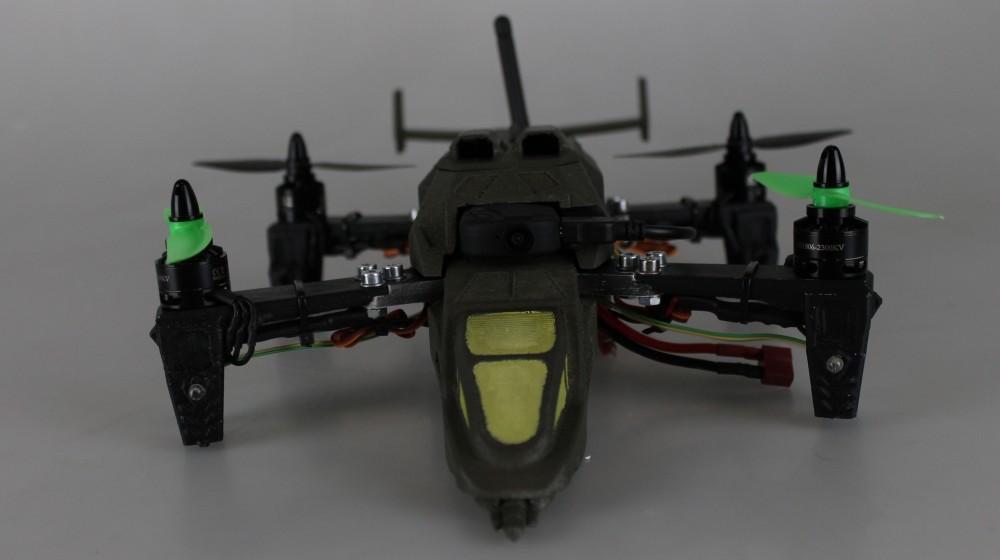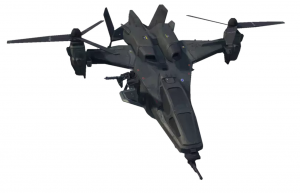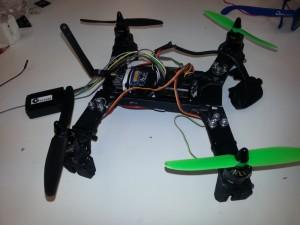 While they often get overlooked by the wider mainstream media, the impact that video games have on our culture is rapidly becoming difficult to ignore. Generally considered the hobby of nerds living in their parents’ basements with Cheetos dust stains on their fingers, the fact is that there are over 1.2 billion people playing video games today. Video games regularly earn more money than even the largest blockbuster films and become massive cultural icons easily comparable to movies like Star Wars, Jurassic Park or Lord of the Rings.
While they often get overlooked by the wider mainstream media, the impact that video games have on our culture is rapidly becoming difficult to ignore. Generally considered the hobby of nerds living in their parents’ basements with Cheetos dust stains on their fingers, the fact is that there are over 1.2 billion people playing video games today. Video games regularly earn more money than even the largest blockbuster films and become massive cultural icons easily comparable to movies like Star Wars, Jurassic Park or Lord of the Rings.
One of the largest and most popular video games series in modern times is the ongoing adventures of Master Chief and his digital companion Cortana as depicted in the Halo series of games. To date almost 70 million copies of the series have been sold, and that is excluding players who purchase used copies. Just the Halo games alone have reportedly grossed three and a half billion dollars. There are only a few video games series that even come close to the massive success of the Halo games and their impact on popular culture. The hyper loyal Halo fanbase, called the “Halo Nation,” keeps the game and its characters alive not only by repeated play throughs, but by taking inspiration from them into their own hobbies.
For 22-year-old engineering student Anthony Voilqué he literally grew up playing Halo games. After learning about the power and customizability of 3D printing he decided to see if he could bring a piece of his favorite video game series to life. He and fellow 3D designer Kirby Downey teamed up and designed the body of a quadcopter drone based on the UNSC Falcon Helicopter featured in the Halo: Reach game.
While the Falcon in the Halo game only has two rotor blades, the drone obviously requires four to maintain stability. But other than that slight modification, it is surprisingly true to its source of inspiration. Voilqué with the aid of Downey designed the drone’s shell using an engineering design program called CATIA from European software giant Dassault Systèmes, however he admits that it could have been easily been designed using American programs like Solidworks or Freecad.
The entire drone–including the shell, the body and the rotor arms–is 3D printed. It is made up of nine individual parts as well as four optional legs that act as landing gear. The only parts of the drone that were not 3D printed were the electronic elements and the First Person View (FPV) video camera components. The entire build was printed on an Ultimaker2 and all of the individual parts took a combined thirty hours of printing. The parts were 3D printed with a 0.2mm layer height with 25% infill for the structural parts and a 10% infill for the drone shell. In total the print required about 250 grams, a little more than half a pound, of filament.
“About the FPV drone, that’s not my first one, that’s my second. Just before I made one with the same components but without the designed shell, to try to see if it was possible to fly something printed and how it will react. I knew nothing about aircraft before, so I had to learn over time and improve the design step by step. That was a huge challenge, and I’m still trying to improve it. About the first test flight, it didn’t fly. I had to modify all the settings on the fly control card. Even after, because of the weight and vibrations, It never flew like an industrial one, always moving in different directions. I made a new one that is really easy to fly, without the shell but strong and easily printable,” Voilqué told me via email.
You can get a closer look at the drone and its first relatively successful test flight here:
The Halo Falcon drone is still classified as a work in progress as Voilqué and Downey continue to refine the design and make it more aerodynamic. But as you can see from the video it does a pretty great job of flying already and will only require a few minor tweaks.
As for Voilqué, he’s only a second-year engineer student at the French Institute for Advanced Mechanics focusing on mechanisms and robotics, so he’s a designer with much more exciting projects to come. And not only with Halo themed drones, he has much larger plans after he graduates.
“I would like to work in the medical field. Combining mechanics and health care is the next step of medical assistance, and it has already begun. 3D printing has become an essential way of prototyping. Stop wasting time, realise prototypes just to see if it fits, you can launch a print and see it few hours later and still be working on something else,” he said.
You can see all of Anthony Voilqué and Kirby Downey’s 3D printable projects over on their MyMiniFactory profiles. And you can download the files to 3D print your own Halo Falcon Quadcopter Drone on MyMiniFactory as well.
Subscribe to Our Email Newsletter
Stay up-to-date on all the latest news from the 3D printing industry and receive information and offers from third party vendors.
You May Also Like
3D Printing Financials: Fathom Struggles in Financial Quicksand During Critical Transition
Facing a year of key transitions and financial pressures, Fathom (Nasdaq: FTHM) has filed its annual report for 2023 with the U.S. Securities and Exchange Commission (SEC). The document outlines...
Latest Earnings Overview for Australian 3D Printing Firms Titomic and AML3D
Australian 3D printing manufacturing firms Titomic (ASX: TTT) and AML3D (ASX: AL3) reported their financial results for the period from July to December 2023, marking the first half of their...
3D Printing Webinar and Event Roundup: April 7, 2024
Webinars and events in the 3D printing industry are picking back up this week! Sea-Air-Space is coming to Maryland, and SAE International is sponsoring a 3D Systems webinar about 3D...
3D Printing Financials: Unpacking Farsoon and BLT’s 2023 Performance
In the Chinese 3D printing industry, two companies, Farsoon (SHA: 688433) and Bright Laser Technologies, or BLT (SHA: 688333), have recently unveiled their full-year earnings for 2023. Farsoon reported increases...

































